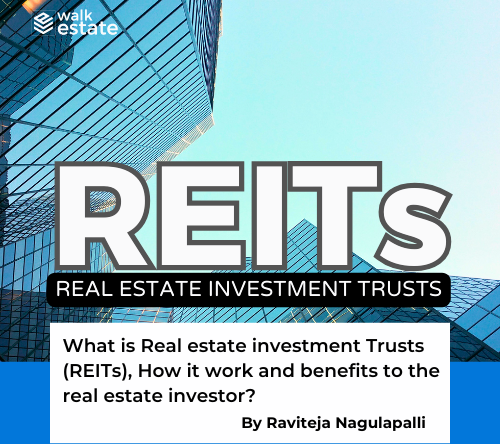Introduction: Architecture has always been an evolving art form, and throughout history, visionary architects have challenged conventional norms to create structures that redefine the way we experience and interact with space. In the realm of real estate, innovative architecture has been at the forefront of shaping cities and skylines, transcending the mundane to offer extraordinary living and working environments. In this blog, we’ll explore some remarkable examples of how architects are pushing the boundaries in real estate design, reimagining our built environment to harmonize with nature, incorporate sustainable elements, and enhance the human experience.
Sustainable Skyscrapers:
- Greening the Urban Jungle: As urban centers grow vertically to accommodate the expanding population, architects have embraced the challenge of designing skyscrapers that go beyond sheer height and elegance. The concept of sustainable skyscrapers has gained traction, aiming to integrate green spaces, renewable energy systems, and eco-friendly materials. These visionary structures blur the lines between nature and the urban jungle, creating vertical gardens, sky parks, and biophilic spaces that provide a breath of fresh air amidst the concrete and glass.
- Smart Cities: Harnessing Technology for Efficiency and Connectivity: The advent of the Internet of Things (IoT) and artificial intelligence has given rise to the concept of smart cities. Innovative real estate designs now incorporate intelligent systems that optimize energy consumption, monitor air quality, and enhance security. These intelligent buildings adapt to occupants’ needs, automatically adjusting lighting, temperature, and ventilation to promote energy efficiency and comfort. Additionally, the integration of connectivity hubs within buildings allows seamless interactions between residents, promoting a sense of community and fostering social cohesion.
- Adaptive Reuse: Breathing New Life into Old Structures: In the pursuit of sustainable development, architects are increasingly looking to adapt and repurpose existing structures instead of demolishing and building from scratch. Adaptive reuse projects take abandoned factories, warehouses, and historical buildings and transform them into vibrant residential complexes, office spaces, cultural centers, and more. This approach not only preserves the architectural heritage of a city but also reduces waste and carbon footprint associated with new construction.
- Bioclimatic Design: Harmonizing Architecture with Nature: Bioclimatic design seeks to create buildings that are in harmony with their natural surroundings, harnessing the elements to improve energy efficiency and human comfort. Architects are strategically orienting structures to maximize natural lighting, capitalize on prevailing winds for natural ventilation, and integrate solar panels and rainwater harvesting systems. By blending architecture and nature, these innovative designs promote sustainability while providing an immersive and pleasant experience for occupants.
Floating Architecture:
- Building on Water: With the rise of sea levels and limited land availability in many urban areas, architects are exploring the potential of floating architecture. From floating homes and hotels to entire floating neighborhoods, these structures provide a unique solution to the challenges posed by climate change and urbanization. Additionally, they offer the opportunity to coexist with marine ecosystems responsibly, encouraging a shift towards more sustainable coastal development.
Conclusion: Innovative architecture is not merely about creating striking facades or bold structures. It goes beyond aesthetics and delves into the realm of functionality, sustainability, and human-centric design. As cities evolve and societies face new challenges, architects continue to push the boundaries in real estate design, showcasing the potential to build a more sustainable, interconnected, and harmonious future.
Through sustainable skyscrapers, smart cities, adaptive reuse projects, bioclimatic designs, and floating architecture, we witness the power of human imagination to shape our surroundings in a way that complements nature and enhances our quality of life. As we move forward, let us celebrate the architects and visionaries who embrace innovation, challenging the norms, and transforming the way we perceive the spaces we inhabit. www.walkestate.com




